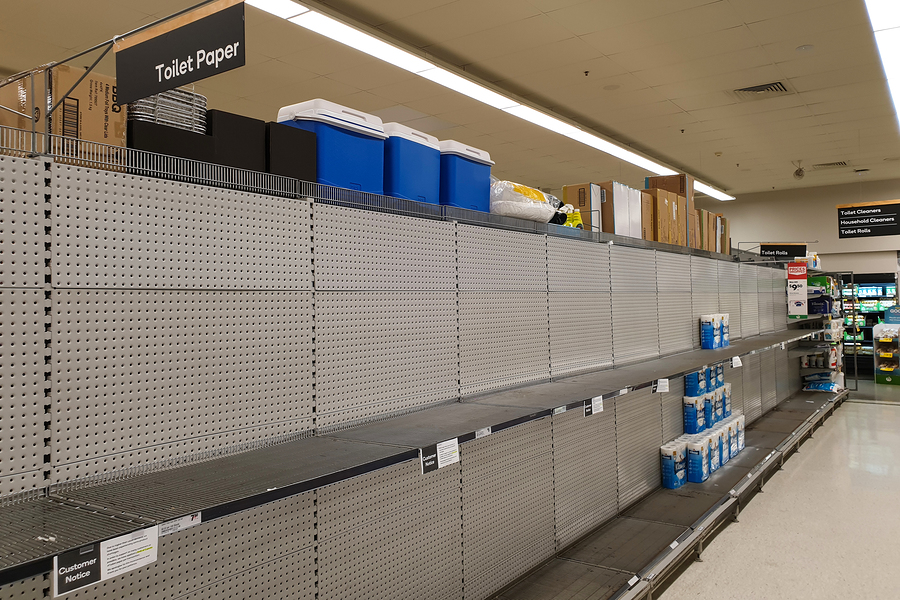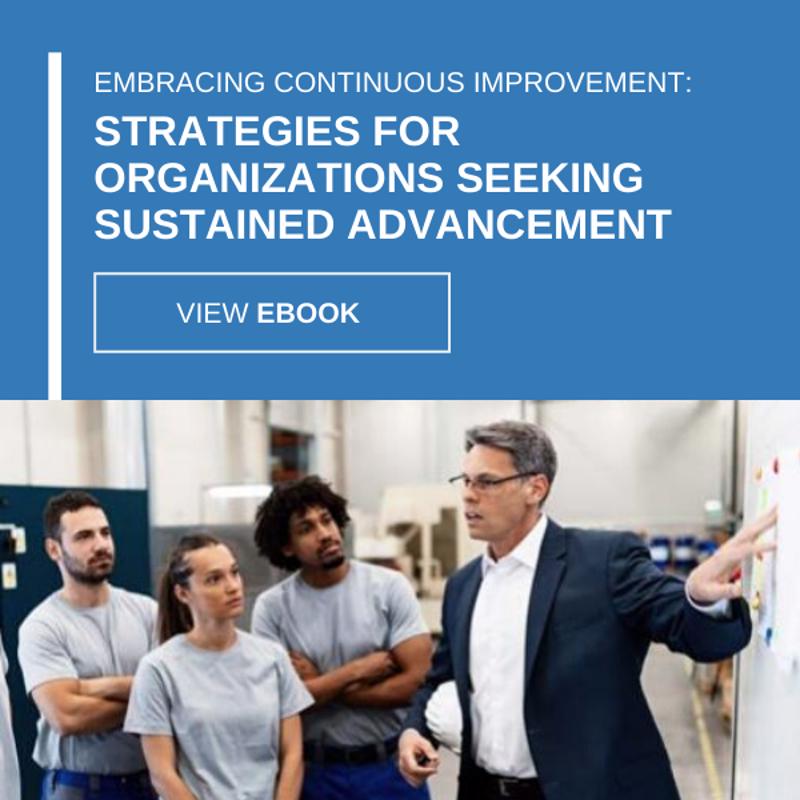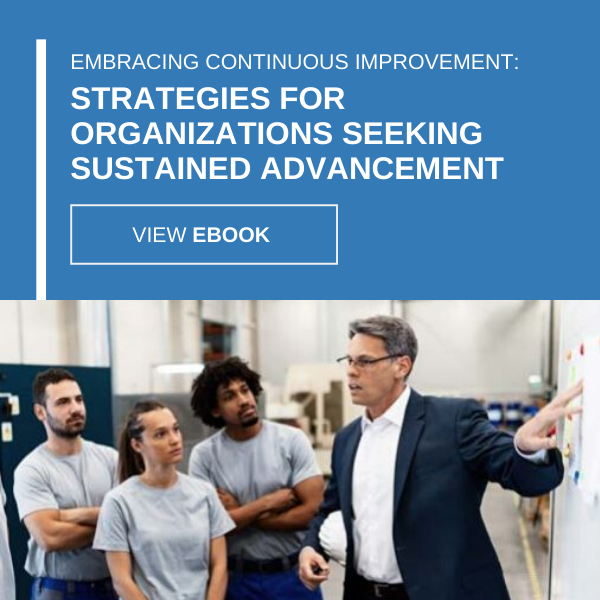
Why Continuous Improvement Is as Important as Ever
If within the last couple of months you’ve found yourself longing for what life used to be like, you’re most definitely not alone. March ushered in a very strange new world, as the spread of the novel coronavirus forced businesses to make massive changes to operations as usual, evidenced by social distancing, face coverings, more strenuous cleaning regimens, and staff working remotely where possible.
The sudden nature of these activities has been like venturing into uncharted waters for many companies. As such, it’s understandable why they may be reluctant to “rock the boat” any more than they need to when there’s comfort and a sense of reassurance in the routine. This is especially true when “how things used to be” were working just fine.
However, as many companies are discovering, processes that seemed to be working could have used some fine-tuning after all, given the difficulties they’ve since experienced in the midst of economic shutdowns and supply chain disruptions. Continuous improvement has always been an important methodology for businesses looking to remain competitive; but now more than ever, it has become essential to face the challenges presented by the novel coronavirus.
What is continuous improvement?
There is always room to make something better. Continuous improvement is all about the unyielding pursuit of that better place, outcome, or result on an ongoing basis.
“Changing circumstances can cast a spotlight on poor processes.”
Everyone likes to think that they’re constantly striving for the pinnacle of success. This may be the case, but frequently, changing circumstances can cast a spotlight on processes that seemed to be A-OK, but turned out to be anything but.
Panic buying lays bare inefficiencies
A classic example is the toilet paper shortage that affected supply chains nationwide – and around the world – in the early days of the coronavirus crisis. Of all the sections of the grocery store, one you could almost always trust would be plenty stocked was the toiletry aisle. But due to a surge in panic buying – prompted by erroneous fears that grocery and corner stores would suddenly close – shelves were bare for weeks on end. Indeed, as reported by Reuters, during the height of the shortage in mid-April, nearly 75% of grocery stores in the U.S. had “out of stock” signs in aisles where toilet paper was traditionally sold.
Initially, the assumption was the shortage would be short lived, as nothing would suggest the virus increased toilet paper usage. But the scant supply continued to roll from one week into the next.

Of course, the easiest way to correct an imbalance where demand is greater than supply is to produce more, but as the New York Post reported, the U.S.’ “Big Three” of toilet paper production – Kimberly-Clark, Proctor & Gamble, and Georgia-Pacific – had already been operating at 100% capacity before COVID-19 became a household name.
After re-evaluating their processes to see where improvements could be made, suppliers made a few strategic adjustments. These steps designed to enhance output included producing fewer varieties – some of which took longer than others to complete – obtaining more materials from packaging suppliers and increasing the number of deliveries to and from its facilities.
A greater focus on capacity planning among these companies may have helped them better handle the ongoing shortage, which at this point seems to have finally subsided. But capacity planning is a strategy that goods-producing organizations would be wise to prioritize regardless of whether they were fundamentally impacted by COVID-19, as one never knows when resources will be stretched.
German automaker Volkswagen recently trial tested a version of it called automated operations planning, which was designed to help increase manufacturing volume of certain prototype vehicles, Supply Chain Dive reported. The method was also utilized to inform their decision-making processes as to whether internal capacity should handle a production order or if it should be optioned out to a third party.
The automated decision support system leveraged spreadsheets that gathered data from the firm’s enterprise resource planning software program. That was then used to inform a series of “if” and “else” statements.
By the study’s conclusion, VW determined that both manufacturing volume as well as personnel utilization rose sharply through automated operations planning rising 25% and 26%, respectively, in comparison to the manual processes used originally.
As Industry Week points out, improved planning requires enhanced visibility, especially when it comes to supply chain management. Adding new methods, tools or strategies – such as the one with which Volkswagen experimented – can help to increase transparency and account for current and yet-to-be-manifested stressors.
The Shewhart Cycle: PDCA
The manner in which continuous improvement presents itself depends largely on the industry. Kaizen is an approach often used in manufacturing industries, but organizations may also want to consider the Shewhart Cycle. This approach to continuous improvement is composed of four parts or phases, as noted by The Balance Careers:
1. Plan: Recognize and identify the problem or opportunity and put together a plan for how to resolve or take advantage of it.
2. Do: On a smaller scale, test out the plan to see if the solution works or does not, making sure to record the results.
3. Check: Parse the results in finer detail to fully measure the effectiveness of the solution, or lack thereof.
4. Act: Assuming that the plan of attack was successful, implement the change in real-life mode, or test it again but on a larger scale.
A commitment to ongoing improvement is key to success in times of adversity. But you don’t have to work harder to compete better. It’s all about working smarter. USC Consulting Group has been helping organizations all around the world reach their potential since 1968 by charting out a plan and helping them put that plan into motion. We’re confident we can help your company achieve operational excellence. Contact us today to learn more.







